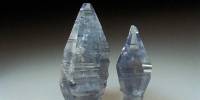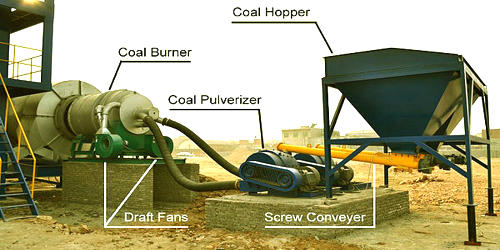Pyrolusite, a common manganese mineral, manganese dioxide (MnO2), sometimes with a granular, fibrous, or columnar texture, is a black, amorphous looking mineral that often forms reniform crusts. Light-gray to black, metallic, moderately heavy coatings, crusts, or fibers are often formed under highly oxidizing conditions and are altered products of other manganese ores (e.g. rhodochrosite); swamp, lake, or shallow marine products; or deposits left by circulating waters. Typically present in fibrous crusts as matt-black powdery, often in botryoidal or columnar aggregates, more rarely as druzes of small prismatic to tabular, dark grey metallic crystals. This desolate, dark gray colored stone, known as Pyrolusite because of its ability to transform and restructure energies, was relied on by ancient magicians. It is an extremely useful stone to hold close to a person and position in his immediate area. An ability to tone up the aura eventually and allows one to feel more positive about life.
Pyrolusite has a metallic luster, a streak of black or bluish-black, and soils the fingers quickly. About 4.8 is the real gravity. In reference to its use as a way to remove tints from glass, its name is from the Greek for fire and to wash. In Germany, Brazil, India, the U.S., Cuba, Morocco, Ghana, and South Africa, it is mined. Crystals are unusual, parallel to or identical to either long or short prismatic; more usually found as an earthy powder or fibrous aggregates as crusts on rocks; often as botryoidal aggregates, more rarely as microscopic crystal druses.

Pyrolusite Crystals
In the oxidized zones of manganiferous ore deposits and as deposits created by circulating meteoric water, it is also primarily a lacustrine, shallow marine, and bog deposit mineral. In hydrothermal deposits, pyrolusite occurs in association with manganite, hollandite, hausmannite, braunite, chalcophanite, goethite, and hematite under oxidizing conditions. In bogs, it often occurs and mostly results from manganite alteration. In its development, both colloidal processes and bacterial activity are important.
Pyrolusite is a solid foundation stone that provides a bond between the human heart and the Earth. In terms of electricity, it transforms negative expectations into constructive ones and stabilizes relationships. Its positive energy aligns the physical structure’s energy centers and allows the wearer to start and shift the problems to the bottom for the better. One of the oldest natural substances used by human ancestors was manganese dioxide, in the form of Umber. At least from the Middle Paleolithic, it was used as a pigment. It may have been used in fire-making by the Neanderthals as well.
Pyrolusite is derived from the Greek word ‘fire wash,’ and is also used in glassmaking to remove stains. It is an oxidation result of manganese minerals that are weather-beaten and is the most common and most significant secondary manganese ore. It also forms, along with marsh deposits, a stagnant shallow sea, and freshwater bog. Black, manganese oxides frequently found on fractures or rock surfaces with a dendritic crystal habit are often believed to be pyrolusite, but thorough studies of various examples of these dendrites have shown that none of them is actually pyrolusite. Instead, other types of manganese oxide are used.
For the development of spiegeleisen and ferromanganese and of various alloys such as manganese-bronze, pyrolusite is commonly used. Pyrolusite dissolves emotional manipulation and helps to stabilize bonds and weddings as well. It also increases mental clarity by improving a strong-willed resolve. Has the opportunity to restructure energies and offers assistance to go to the bottom of issues. This gemstone encourages one to adhere to their values truthfully and prevents intrusion on all floors. In addition, it will transmute the negative emotions into constructive ones, clear the mind and overcome the root drive of the dis-ease (emotional manipulation). Pyrolusite is used in steel and manganese bronze manufacturing; in dry cells; and in the glass as a decolorizing agent.
Information Sources:
















